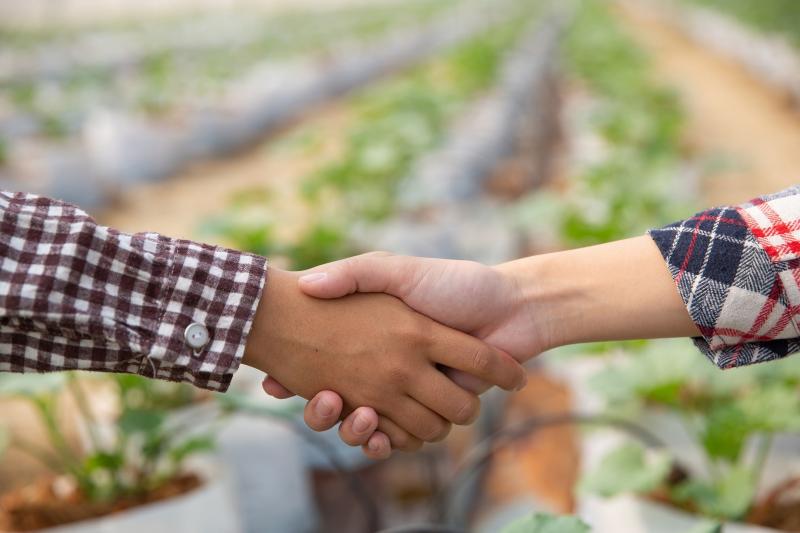Introduction
Photo by rawpixel.com from freepik.com
Today, the linear economic model - take, make, dispose - has reached its limits and the Covid-19 crisis has highlighted the fragility of this model.
In addition to the supply chain difficulties, it has serious consequences for the environment since the production steps generate greenhouse gas emissions that contribute to global warming. This mass consumption generates a significant increase in the volume of waste to be treated and is not recycled by end consumers.
According to a recent study, 30% of all food produced does not make it to the plate and EU citizens waste over 17 billion kilos of fresh fruit and vegetables a year! This represents about 35.3 kg of waste per person per year.* Hard to believe, isn't it?
Let's put it now into perspective with the 30/70 ratio: the industrial system produces 30% of food, but uses 70% of the resources. In contrast, the smallholder/peasant system produces 70% of the food while using only 30% of resources.**
The circular economy is the appropriate response and takes into account all stages of a product's life cycle. Based on eco-design and eco-responsible consumption, it represents the best way to meet the challenges of tomorrow in the food industry.
** Nick Jeffries (2018). A circular economy for food: 5 case studies.
Task

Photo by jcomp from freepik.com
Before joining the circular economy, it is important to give you the essence of the model and the benefits you will get out of it. Let’s refer to the definition of the Ellen MacArthur Foundation: 'A circular economy aims to redefine growth, focusing on positive society-wide benefits. It is based on three principles: design out waste and pollution, keep products and materials in use, regenerate natural systems'.*
The benefits for the food industry are multiple. Here are a few examples:
- producers: higher remuneration thanks to the elimination of intermediaries
- consumers: better traceability and local seasonal products at an affordable price
- business: improved reputation, lower operational costs and new business opportunities
- environment: reduced carbon footprint, less food waste, more recycling
- employment: job creation, especially in rural areas
- social: more direct communication between producers and consumers, building loyalty and trust
Becoming truly circular may seem complicated to you at first sight but you just need to follow some basic steps to successfully set up and pilot a circular economy approach. Be prepared and go for it!
Process
You will find in the Resources section very useful links and videos to make you familiar with the circular economy and its multiple benefits.
For the most curious, we recommend you to go through the ‘Food Waste Atlas’ - freely accessible online tool - where you will find lots of data about global food loss and waste as a result of linear economy.
Let’s do some homework! We invite you to read the following document ‘Local circular economy business practices’ * to get a better understanding of the practices and actions required to shift to circular economy.
After this theoretical work, it’s now time for action. Write down all your ideas on how to put your Grocery Basket business into the circular economy and pay attention to the most relevant categories, e.g.:
- Staff management
- Networks
- Waste management
- etc...
Conclusion
Implementing a circular economy approach may seem challenging, but you have to think globally and look at the process as a whole. This change will give you a competitive lever that will place your activity in the world of tomorrow. In addition to this, shifting to circular will also allow you to acquire skills such as ethics or better management of resources, which are fundamental for young entrepreneurs who want to be in line with today's challenges.
For further reading, we invite to visit the Ellen MacArthur Foundation website where you will find lots of additional information.
Learning Outcomes
- 1.15) I can apply ethical thinking to consumption and production processes.
- 1.17) I can identify the impact that taking up opportunities will have on me and my team, on the target group and on the surrounding community.
- 2.11) I can discuss the principles of circular economy and resource efficiency.
- 3.3) I actively face challenges, solve problems and seize opportunities to create value.
- 3.21) I can reflect on my interaction with others (including peers and mentors) and learn from it.




Resources
Links
Circular Economy: Definition, Principles, Benefits And Barriers
https://youmatter.world/en/definition/definitions-circular-economy-meaning-definition-benefits-barriers/









